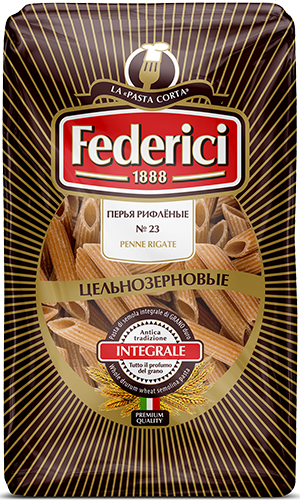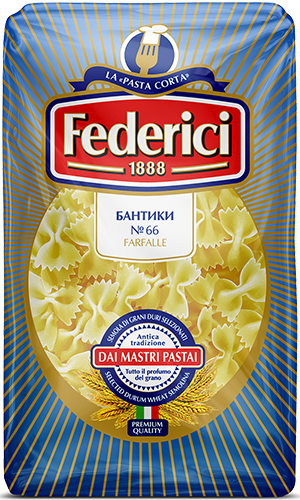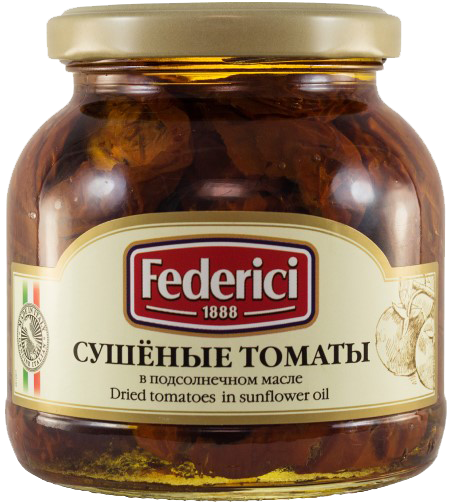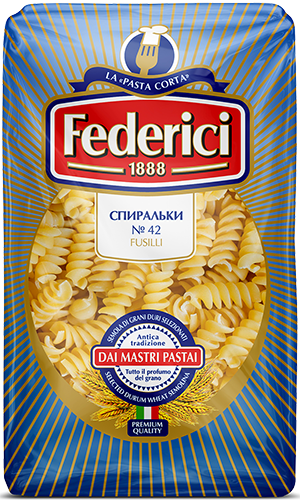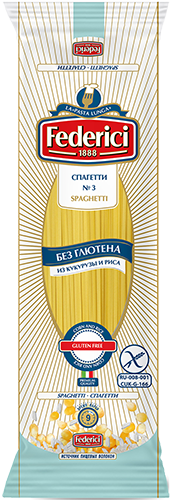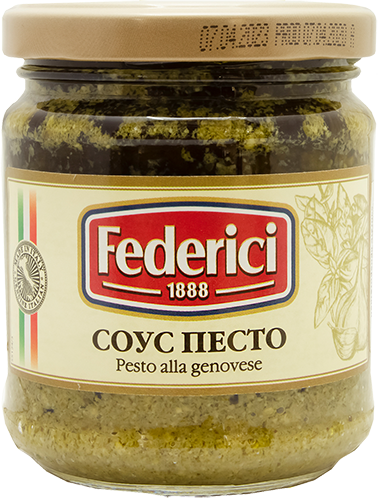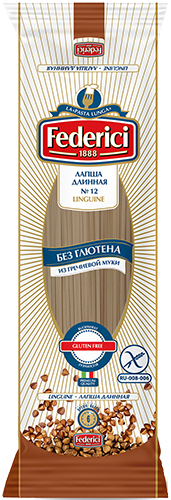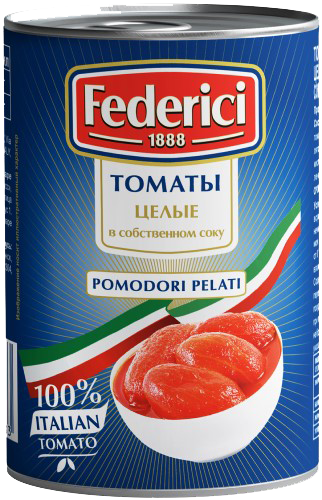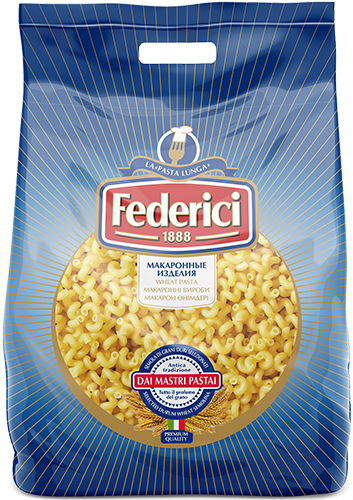


For any Orthodox person, Easter is one of the most important holidays of the year. In 2023, Holy Sunday of Christ is celebrated on April 16. We will tell you how to prepare for the holiday, what to serve, and also remember the history and traditions of Easter.
Easter holiday – the history of the holiday
Despite the fact that many people celebrate Easter every year, not everyone knows its history and original purpose. Today this holiday is associated with the rebirth of Christ, however, in fact, people celebrated Easter long before its appearance. Then a different meaning was put into the celebration of this day: the liberation of the Jewish people under the leadership of Moses from Egyptian slavery.
According to biblical legends, once God himself appeared to Moses in a burning bush in the middle of the desert, and ordered him to return to Egypt and help the Jewish people free themselves from the oppression of slavery. However, the Egyptian pharaoh at first did not obey the request of Moses, and then God sent ten plagues to Egypt, in the Pentateuch called the “Ten plagues of Egypt.” After the events of the tenth misfortune, the pharaoh finally insisted that the Jewish people leave the lands of Egypt. In honor of this memorable event, Moses ordered to celebrate Easter every year (translated from Hebrew – “transition”). During his earthly life, Jesus also celebrated this holiday, paying tribute to traditions.
Around 33 B.C. e. For the last time in his earthly life, Jesus sat down at the festive table with his disciples on the eve of Easter. The day after the meal, later referred to as the “Last Supper”, he was captured and put on trial on charges of false prophetic activity. After a controversial trial, despite attempts by prosecutor Pontius Pitalus to show Jesus’ innocence and convince the crowd to let him go, the people continued to push for the execution. As a result, by order of Pilate, Jesus was sentenced to death by crucifixion. Since then, Christian Easter has been inextricably linked with these events: the life and death of the Savior.
Preparation for the holiday: what you need to know about Holy Week?
By the bright Sunday of Christ, according to church canons, it is customary to prepare ahead of time, full 48 days. Of these, 40 days are allotted for observing the rules of Great Lent, and the last week is called Holy Week.
These days, the church and believers remember the last moments of Christ’s life on earth: the path of suffering and resurrection. The divine services of Holy Week call on a person to empathize and sympathize with the Savior. Throughout the week, you need to visit the temple more often, especially on Wednesday for communion and on Thursday. Pray often and earnestly. Great Monday, Wednesday and Friday are especially strict. It is recommended to eat only raw foods: vegetables and fruits.
On Clean Thursday, it is customary to carefully clean up the house, since this is no longer possible on Good Friday. And on Bright Saturday, believers go to the service with Easter baskets for blessed enlightenment and consecration of food. If everything was done correctly, then after the Week comes a feeling of spiritual cleansing.
Easter symbols and traditions
Easter symbols play an important role in preparing for the holiday, carrying a deep meaning. It is noteworthy how Easter symbols and traditions differ among Christians in different countries. So, for example, in the USA, Canada and Western Europe it is impossible to imagine a celebration without an Easter Bunny. According to legend, a fertile animal symbolizes fertility, and hence the very joy of life.
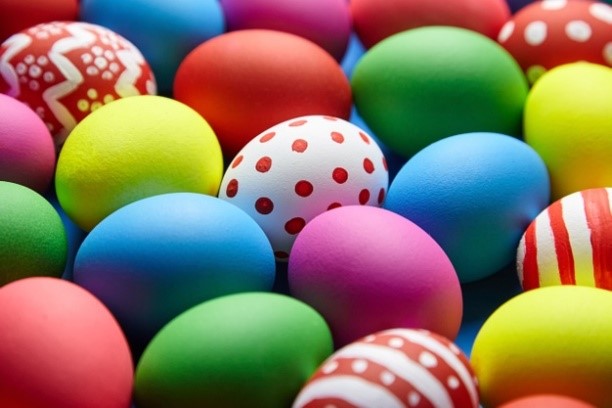
On the eve of Easter, figurines of an eared animal can be found everywhere in the form of sweets, souvenirs, postcards, and even costumes. There is also a belief that a cunning bunny hides colorful chocolate eggs in nests. Therefore, on Sunday mornings, children go out on a fun hunt in the parks in search of a treasure trove of Easter treats.
In our country, the rabbit is not a symbol of the spring holiday. In Russia, they bake Easter cakes, larks, paint eggs, and the festive table is decorated with a figure of a chicken, which is a symbol of motherhood and love.
The celebration of the bright Easter day is filled with traditional symbols and activities to create a spiritual atmosphere, and here are some of them:
- The red color denotes the life, victory and dignity of the king, because Christians revere the Savior as the King of Heaven. And the red color symbolizes the blood of Christ, which was shed to save the world. In honor of this event, it is customary to paint eggs in scarlet shades, and the clergy wear a crimson shroud in their hands.
- The ringing of bells or Blagovest marks the triumph of life and earthly joys. For this reason, believers have long tried to time any undertakings to coincide with the beginning of the ringing of the church bell – “the voice of God.”
- Easter lamb. The tradition of cooking lamb for Passover dates back to Old Testament times, as we mentioned earlier. The night before they left Egypt, the Jews were instructed by Moses to bake a lamb and eat it, and to anoint the doorposts and doorposts with blood. Those who didn’t did it faced a sad fate – the death of their firstborn. Also, the image of the Paschal lamb is associated with the image of Jesus Christ. His blood was shed not in vain, in the name of the salvation of mankind.
- Spring bouquet. Skillful housewives make Easter wreaths for decorating the house and small bouquets for the festive table. Spring primroses, feathers, ribbons and fluffy willow branches are used. Bouquets appear here as a symbol of eternal life, bequeathed to us by Christ.
- Festivities. Previously, in Rus’, a daring revelry lasted up to two weeks and was called Krasnaya Gorka. At present, this custom has been preserved, but reduced to one day. Mass festivities are organized with singing, dancing and merry amusements to the glory of Christ the Savior.
Useful tips for cooking Easter cakes and coloring eggs
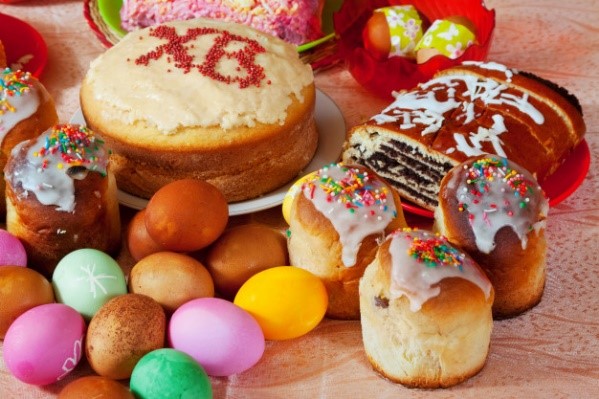
Have you noticed how enthusiastic children are waiting for Easter? This is because the Resurrection of Christ is not only a bright holiday, but also very tasty! Since ancient times, Christians have prepared special dishes in advance in order to emphasize the solemnity of this day. And to make the festive table a success, we will reveal some useful secrets of preparing Easter dishes and tell their story.
- Painted eggs. I wonder where the tradition of boiling eggs with onion skins came from? There is a practical explanation for this. Fasting in Rus’ was strict, and believers also refused to eat eggs. To keep them until the holiday, the housewives dyed the eggs with husks, wanting to extend the shelf life and later distinguish them from fresh ones. Products without painting were called “krashenki”, and with an ornament “pysanky”. There are many explanations why it is customary to color eggs at Easter.
So one of the legends tells about the drops of blood that fell from the body of Christ when he ascended Mount Golgotha. As they fell, they turned into red eggs, which Mary Magdalene carefully collected in a basket and later gave to the hungry poor.
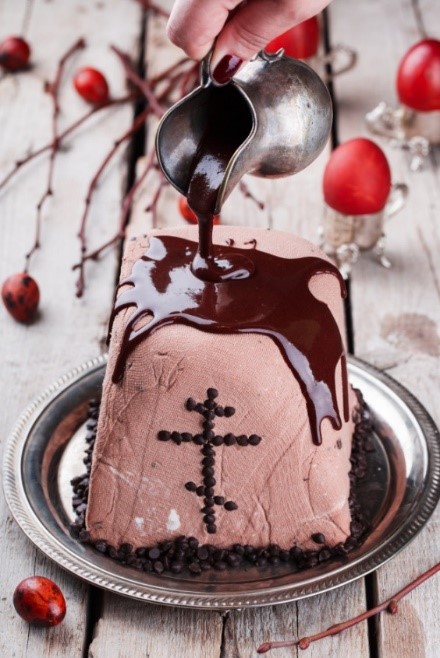
- Easter cake. Agree, it is impossible to imagine a festive Easter table without high round elegant bread with colored sprinkles. The meaning of Easter cake is to replace the Old Testament unleavened bread. Cooking perfect pastries is a real art and knowing the basic secrets does not hurt at all. You should pay attention to the following nuances:
– ingredients only at room temperature;
– flour must first be sifted;
– it is better to take natural yeast, and not dry;
– it is not recommended to add salt and vegetable oil to the dough;
– sponge dough is kneaded for 20-30 minutes;
– the finished pastries are wrapped in towels and allowed to cool completely for 3-4 hours.
- Curd Easter. If you approach the preparation carefully and take high-quality fresh products, then everything will definitely work out. It is customary to prepare a symbol of heavenly life in advance on Maundy Thursday. We follow the main recommendations:
– to obtain the desired form, symbolizing the Holy Sepulcher, it is better to use a special form – a beekeeper;
– cottage cheese, sour cream, eggs, dried fruits and candied fruits will serve as the basis of the product;
– Easter will be airy with cottage cheese rubbed through a sieve;
– all products must be at room temperature, except for eggs;
– the curd mass should have the consistency of a thick dough;
– no need to put fresh fruits, they will give extra juice and ruin the consistency;
– the finished product is stored in a cold place, where it stands for 12 hours.
Easter table dishes
What else can be prepared for the festive table? We offer several successful and tasty recipes.
Sweet wicker wreaths
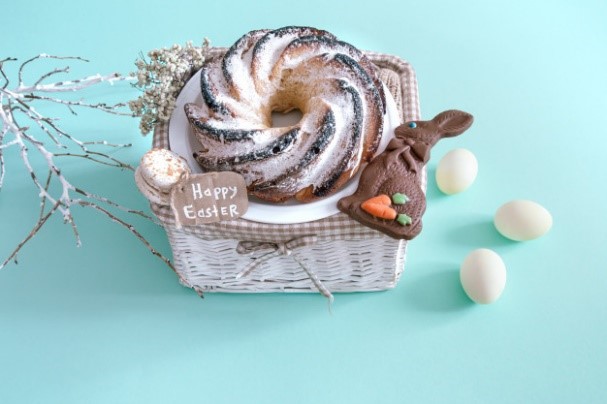
Beautiful buns will not only be a delicious treat, but will also serve as a figured frame for Easter eggs. So, we are preparing sponge yeast dough according to the classic recipe. Pour yeast and a spoonful of sugar with warm milk and add a little flour. After the foam appears, pour out the rest of the flour (about 200 grams) and knead, adding 1 fresh egg, butter (50 grams), a glass of sugar and a pinch of nutmeg to the dough.
We remove the dough for 1 hour to rise. Then knead again and divide into pieces. We take two pieces and roll them into sausages. Our task is to twist them into a beautiful pigtail. We connect the resulting pigtail into a circle and put it on a baking sheet. We give the buns a little to come up and, having smeared with yolk, send them to the oven for 20 minutes. We bake at 180 degrees.
Meat ‘bombs’
Meat must be present on the Easter table, and it is much more interesting to cook it in an original way. We need 1 kg of pork neck, and for the filling: cheese, mushrooms and a few boiled potatoes.
First, for the filling, grate boiled potatoes and cheese, and fry chopped mushrooms with onions in a pan. Meat cut into thin layers and beat off. It is better if you get wide large layers. Salt and pepper. Then we spread several layers of meat in a small form and fill it with stuffing. We close the edges and roll each product in mayonnaise with garlic. Thus, we form each bomb and put it on a baking sheet. We send it to the oven for 25 minutes at 180 degrees.
Salad ‘Petushok’
The salad turns out to be very tender and tasty, and its shape in the form of an elegant bird is perfect for the Easter table.
The main secret of this dish is to prepare all the necessary ingredients in advance and put them one by one on a dish in the form of a rooster in the following sequence:
- boiled chicken liver – 600 g
- pickled cucumbers – 2 pcs.
- sautéed onions and boiled carrots
- cheese – 50 g
- grated egg yolks – 10 pcs.
- canned corn – 1/2 can
- grated egg whites
Do not forget to draw a mesh of mayonnaise after each layer. Scallops, cock legs and tail can be made from red pepper, and olives are good for the eyes. Bon appetit!
That’s all the preparations necessary for the celebration of Easter, which we wanted to tell you about. But you should also not forget that the joy and spiritual atmosphere that reigns around this great bright day will always be more important than all traditions!
Our products
Мы стремимся предложить Вам наилучший сервис при работе с нашим сайтом. Для этого мы собираем и храним информацию о Вашем посещении сайта. Так называемые cookies. Файлы cookies не собирают и не хранят никакую личную информацию о Вас. Используя этот сайт, Вы даете согласие на использование cookies. На данном этапе Вы можете отказаться от использования cookies, настроив необходимые параметры в своем браузере.
